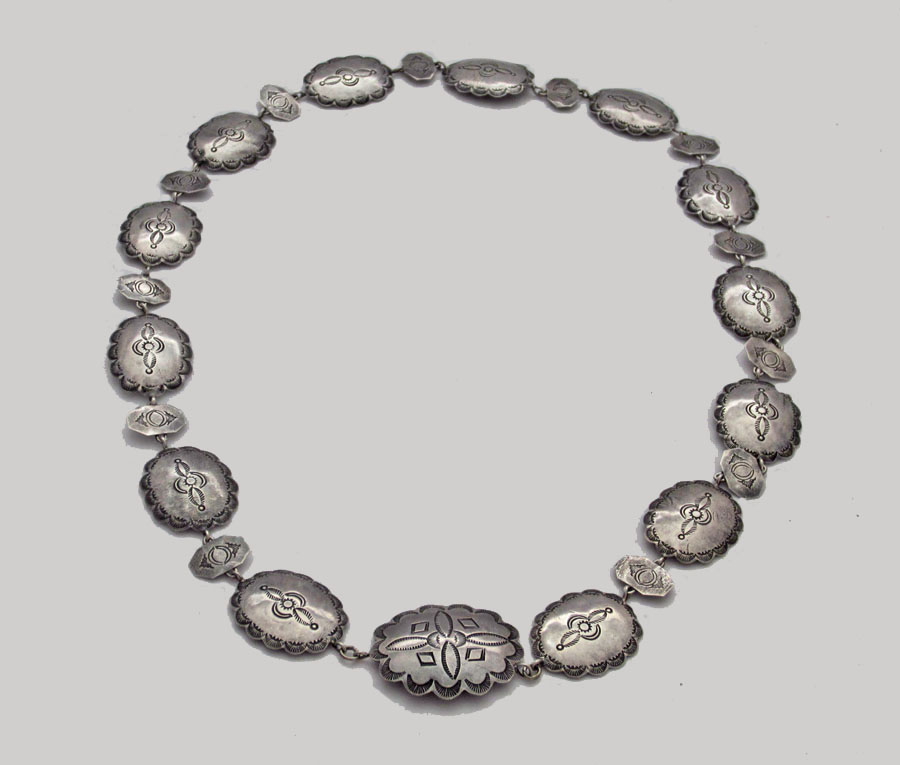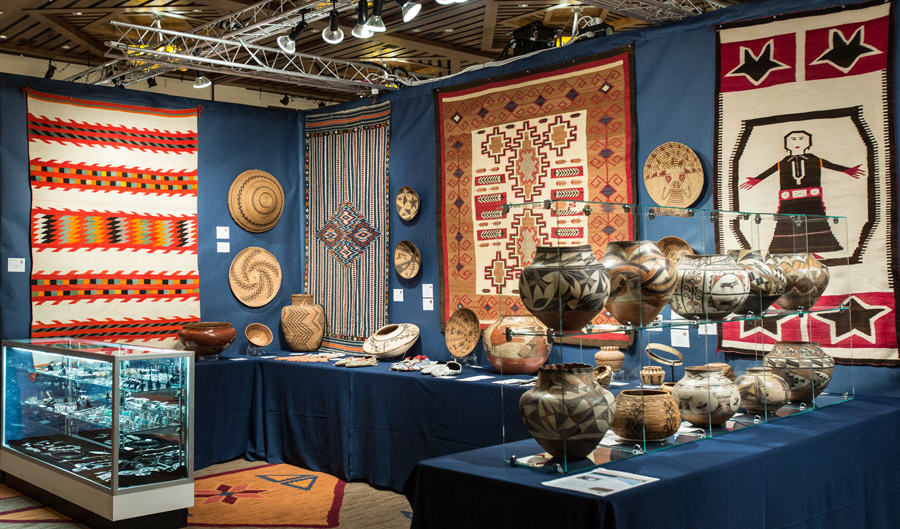ADA ONLINE SHOW
The Antique Dealers of America (ADA), is excited to announce our 2ND ONLINE SHOW, which opens on Tuesday, December 2nd and runs through Thursday, December 4th. This is a unique show in which the top Americana dealers in the country offer items for sale, much as in a formal antique show, accompanied by a full warranty.
To access the show, go to: http://www.adadealers.com/html/online_show.php
The announcement about the show can be found at: http://www.artfixdaily.com/artwire/release/2580-the-antiques-dealers-association-of-america-to-host-2nd-online-an
I have posted 15 items in the show, with descriptions and prices. Most of these items are not listed on my website. I have posted additional items to my website and you should feel free to check those listings as well.
The easiest way to my offerings in the ADA ONLINE SHOW is to search the site for "MARCY BURNS" or "MARCY BURNS AMERICAN INDIAN ARTS LLC". Alternatively, items I have posted will also be found under "NATIVE AMERICAN" and "DECORATIVE ARTS".
All items are priced and can be purchased directly on the ADA website. I will be available during the show to answer any questions or concerns that you might have.
[There were some technical difficulties when we ran the first online show. Hopefully these have all been corrected. However, If you have any difficulties, please let me know immediately and I will have them rectified]
---------------------------------------------------------------------------------------------------------------------------------
FREE SHIPPING WITHIN THE CONTINENTAL US DURING THE MONTH OF DECEMBER!
TAKE ADVANTAGE OF THIS OPPORTUNITY TO SAVE!!
We are happy to offer you free shipping within the Continental US throughout the month of December!
---------------------------------------------------------------------------------------------------------------------------------














